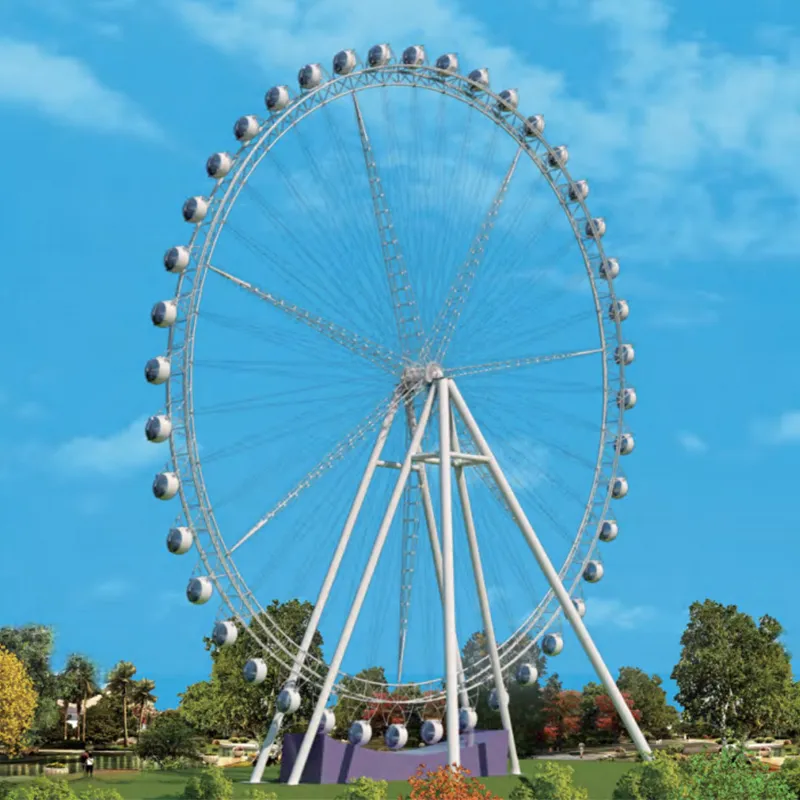- Albanian
- Arabic
- Belarusian
- Bengali
- Czech
- English
- French
- German
- Hebrew
- Hungarian
- Indonesian
- irish
- Italian
- Japanese
- kazakh
- Persian
- Russian
- Thai
- Uzbek
- Vietnamese
Essential Principles for Creating an Engaging and Fun Roller Coaster Experience for All Ages
Basic Roller Coaster Design An Overview of the Thrill Behind the Curve
Roller coasters are the quintessential amusement park attraction, delighting thrill-seekers and casual riders alike with their breathtaking drops, high-speed turns, and inversions. At their core, the design of a roller coaster combines art and engineering to create a unique experience that balances excitement with safety. This article explores the basic elements of roller coaster design, including types, physics, safety considerations, and the overall experience of the ride.
Types of Roller Coasters
Roller coasters come in various shapes and sizes, each offering a unique riding experience. The most common types include wooden coasters, steel coasters, and hybrid coasters. Wooden coasters are characterized by their traditional wooden structure, often providing a nostalgic feel with their classic clickety-clack sounds. On the other hand, steel coasters are renowned for their smoothness and ability to perform intricate loops and corkscrews, thanks to the material's versatility.
Hybrid coasters combine elements of both wood and steel, providing a unique experience that merges the best of both worlds. Furthermore, there are specialty coasters such as launched coasters that use magnetic propulsion or hydraulic lifts to propel trains from a standstill to high speeds in seconds, creating a different kind of thrill.
The Physics of Design
At the heart of roller coaster design lies the principles of physics. Designers must carefully consider factors such as gravitational forces, centripetal acceleration, and inertia to ensure a ride is both thrilling and safe. The conservation of energy plays a critical role in roller coaster dynamics, where potential energy is transformed into kinetic energy during drops.
The height of the first drop is crucial; it is typically the highest point of the ride and provides the initial momentum necessary to propel the train through the rest of the course. Following this drop, the coaster must be designed to manage the forces acting upon the riders, ensuring that speed turns, loops, and airtime hills deliver excitement without compromising safety.
basic roller coaster design

Safety Considerations
Given the exhilarating nature of roller coasters, safety is paramount in their design. Engineers conduct rigorous analysis and testing to ensure the structural integrity of the coaster. This includes evaluating materials, designing support systems, and conducting stress tests to foresee and mitigate potential failures.
Additionally, safety features such as restraint systems (harnesses, lap bars) are designed to keep riders securely in place, while emergency brakes and evacuation protocols are in place to handle any unforeseen issues. Regular inspections and maintenance are vital to prevent accidents and ensure a safe riding experience.
Creating the Experience
Beyond the physics and safety, roller coaster design is an art form. The layout of the track, the pacing of elements, and the thematic elements all contribute to the overall experience. Designers often integrate storytelling elements into the ride through immersive theming, atmospheric effects, and engaging narratives that captivate riders from the moment they board until the exhilarating finale.
The sensation of speed, weightlessness, and the thrill of navigating sharp turns and inversions evoke a wide range of emotions that make roller coasters a favorite among park-goers. The combination of adrenaline, fear, and joy creates a captivating experience that encourages riders to return again and again.
In conclusion, the basic design of roller coasters is a complex interplay of physics, engineering, and creativity. By understanding the different types of coasters, the physical principles involved, and the importance of safety, we can appreciate the incredible work that goes into each ride. As coaster technology continues to advance, the future promises even more exhilarating and innovative experiences for thrill-seekers around the world.
-
Flume Ride-Hebei Zhipao Amusement Equipment Manufacturing Co., Ltd.|Thrilling Water Attraction&NIST Safety StandardsAug.01,2025
-
Double Ferris Wheel Sale | Premium Custom RidesJul.31,2025
-
Flume Ride-Hebei Zhipao|Water-Based Attraction, Safety Standards, High-Speed DescentJul.31,2025
-
Flume Ride: Thrilling Water-Based Adventure & Advanced Engineering - Hebei ZhipaoJul.31,2025
-
Flume Ride-Hebei Zhipao Amusement Equipment Manufacturing Co., Ltd.|Thrilling Water Attraction&Customizable DesignJul.30,2025
-
Flume Ride - Hebei Zhipao Amusement Equipment | Water Coaster, Thrilling DescentJul.30,2025
